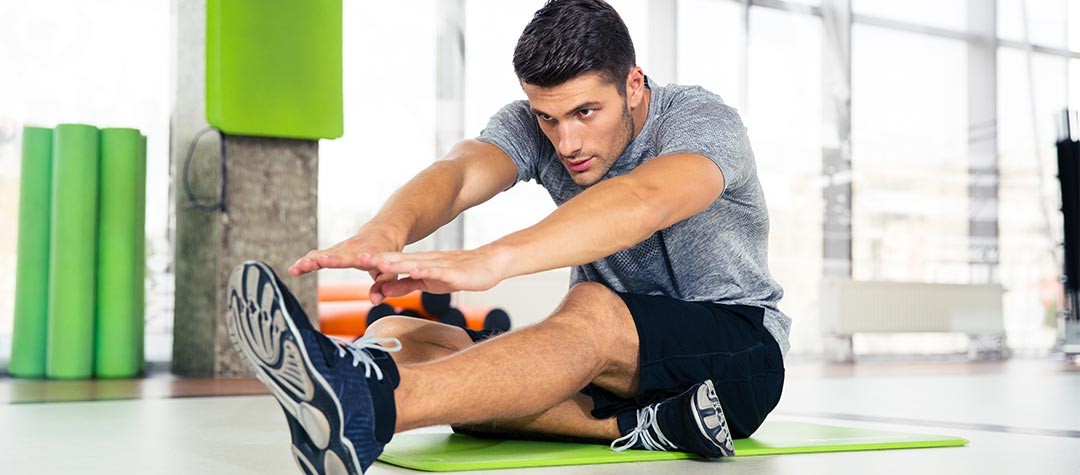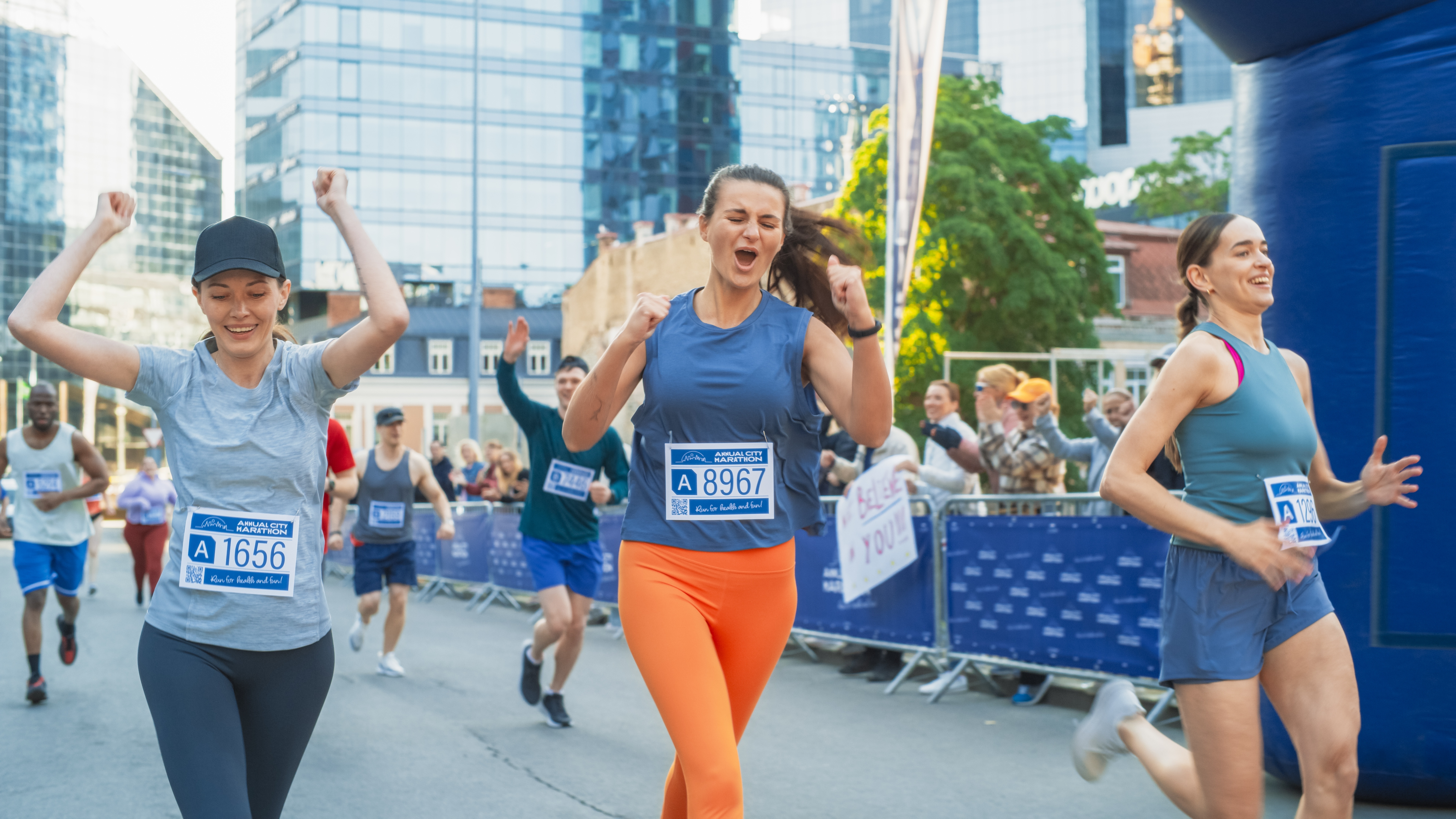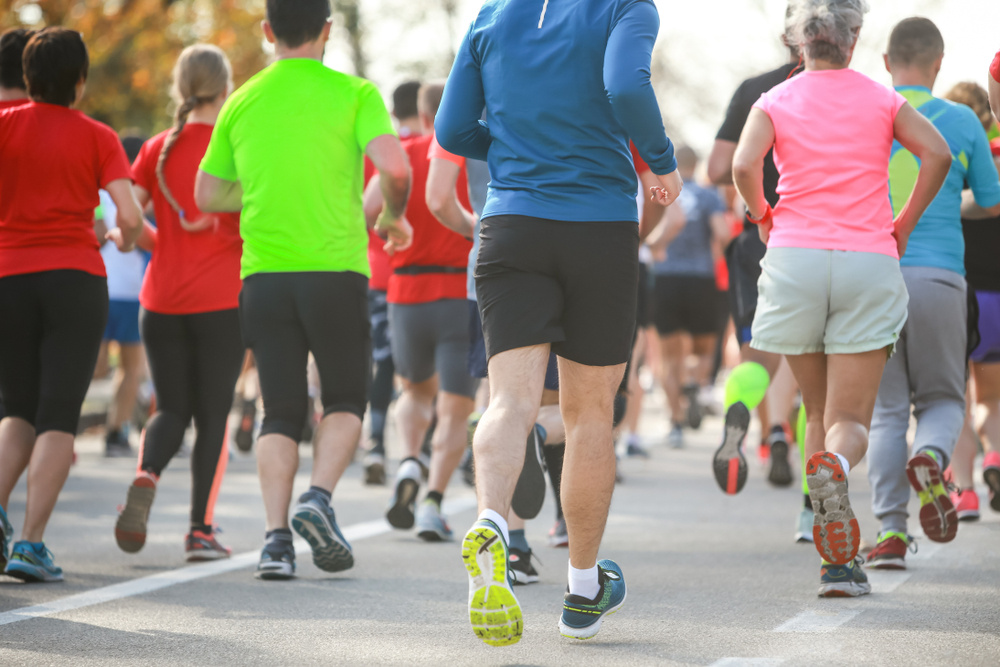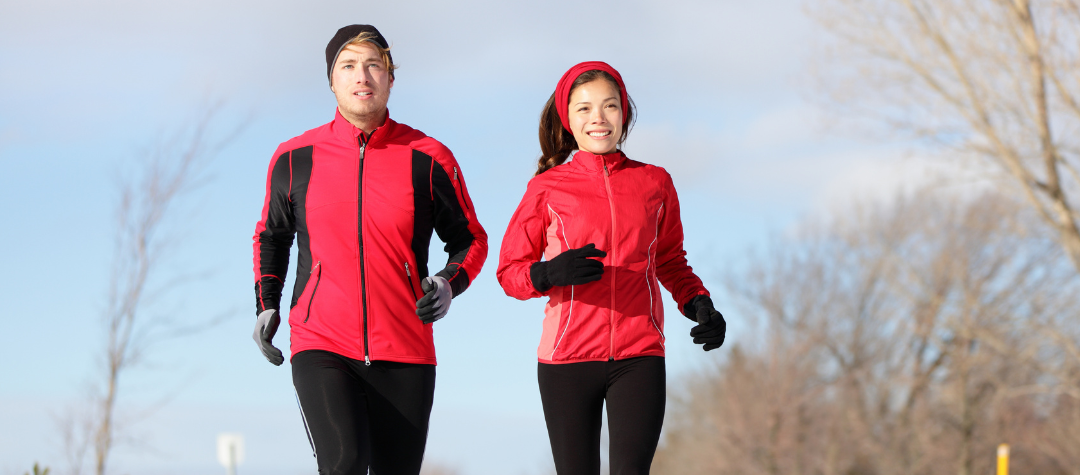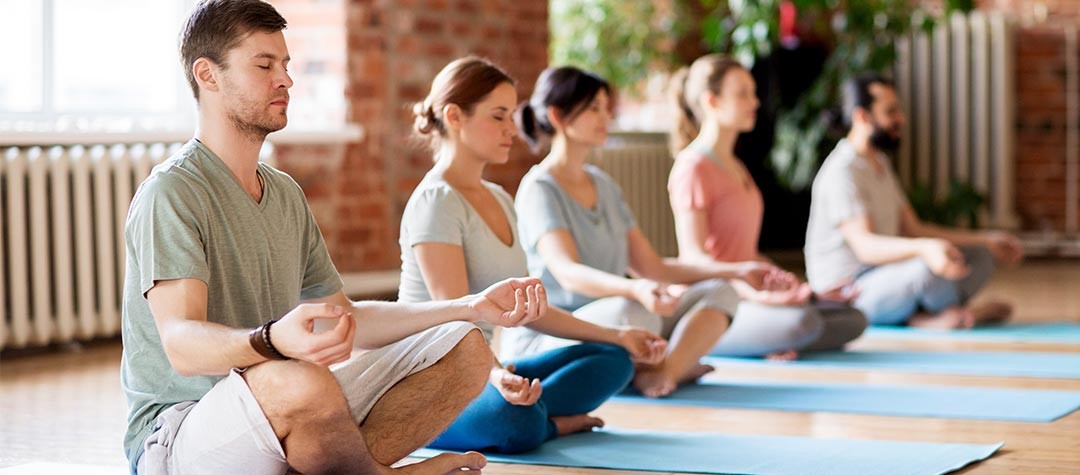Want to learn how to stretch properly? Read on to find the correct way to stretch and learn what stretches you should be doing to improve your overall body flexiblilty.
Stretching vital muscles
'Use it or lose it' is an often quoted maxim, but it is never more appropriate than when talking about flexibility. Think of a long car journey lasting several hours. When you arrive at your destination, the opportunity to climb out of the seat and stretch is extremely welcome and initially your movements are stiff and awkward. However, after stretching out, you feel much better and your normal mobility returns. Imagine if you had to undertake a long car journey every day - your flexibility would suffer badly - which returns us to the 'use it or lose it' maxim.
Everyone should have good flexibility, but due to our modern, more sedentary lifestyles, frequently our natural flexibility is compromised and we end up far less supple than we could be. A regular stretching routine should be an integral part of your fitness and it is as important as either cardiovascular or resistance training, bringing a whole range of benefits including:
- Improved mobility
- Greater range of movement
- Greater efficiency of movement
- Reduced risk of injury
- The positive feeling of being loose and supple
However, incorrect stretching technique is worse than no stretching at all, so make sure you follow the stretching protocols and the dos and don'ts outlined below and you will achieve safe, long-lasting flexibility gains.
Safe stretching protocols
Stretch at the end of a workout session
The ideal time to stretch is at the end of your workout. You will be thoroughly warmed-up and there will be good blood flow to your muscles. Flexibility training can be carried out as an isolated session or before other training, but only when the body has been completely warmed-up. Moderate cardiovascular (CV) exercise for 10 to 15 minutes is ideal for a warm-up. Additionally, your warm-up should be specifically targeted at the muscles you intend to stretch.
For example: stretches for the legs should be carried out after the legs have been warmed-up - walking, jogging or cycling are ideal because they all use the leg muscles. Upper body stretches will be far more effective after an exercise such as rowing, which uses many of the upper body muscles.
Relax while stretching
A second important factor when stretching is to be relaxed. Tension will inhibit your range of movement and prevent your muscles from stretching as effectively. Hence, you will not achieve maximum flexibility benefits. Another reason why stretching should be carried out at the end of your training session is that you will be more relaxed after your workout has finished than before, which equates to greater flexibility gains.
Stretch gently
Gradually and carefully move your body or the limb being stretched into the stretch position. Once you feel slight tension in the muscle, hold the position. Avoid bouncing or any other movements, which could overstretch the muscle and result in injury. Wait 15 seconds and then stretch further. After approximately 15 seconds, your body’s natural stretch inhibiting reflex will relax, allowing you to stretch a little more. Gently ease a little further into the stretch and hold for a further 15 seconds.
Keep breathing while stretching
Always keep your breathing easy and relaxed because that will reduce all-round muscular tension, which in turn will allow you to stretch further. Holding your breath will tense up your entire body, making stretching much less effective.
Hold the stretch
To get maximum stretching benefits, you need to hold the stretch for a minimum of 30 seconds. Stretching each muscle for just a few seconds brings virtually no flexibility benefits. Focus on maintaining correct posture whilst you hold the position so that you don’t over-relax and reduce your gains.
Pain-free stretching
Stretching should invoke a mild feeling of ‘tightness’ or tension within the stretched muscle - and no more! Pain when stretching indicates injury or a muscle that has been overstretched. If you experience any pain at all, stop stretching immediately and never stretch beyond a ‘comfortable tightness’.
Rest and repeat stretches
A single stretch for each targeted muscle is very beneficial but two stretches for each muscle, separated by a short break of 30 seconds will help extend your range of movement further.
Target stretching twice a week
Ideally, stretch your major muscles after every workout but if that proves too time consuming, stretching twice a week is a suitable target. Far from detracting from your other training, substituting some stretching for a few extra minutes cardiovascular or resistance training will improve your overall fitness, not decrease it. If you can complete two, ten-minute stretching sessions each week, you are well on the road to keeping mobile, supple and injury free.
Stretching dos and don’ts
To make sure you always stretch safely, simply consult the dos and don’ts listed below and you will get the most from your stretching.
Stretching ‘dos’
- Ensure that the muscles being stretched are thoroughly warmed-up
- Stretch at the end of your training session
- Relax
- Breathe easily
- Hold each stretch for a minimum of 30 seconds
- Follow an all-over body program for stretching to avoid postural imbalances
- Follow correct technique
- Avoid pain, stretching should never be painful
Stretching ‘don'ts’
- Try and stretch cold muscles - it’s a recipe for injury
- Stretch before your warm-up or workout
- Bounce or rock whilst holding a stretch - you could overstretch and cause an injury
- Hold a stretch for just a few seconds
- Hold your breath
- Focus on just leg stretches or just upper body stretches
Time spent returning shortened, tight muscles to their original length will provide considerably greater and longer term benefits than a few more minutes gym training or a couple of extra miles on the road. By following the stretching dos and don’ts listed above, you won’t lose it because you regularly use it.
Overall body flexibilty
So now you know how to stretch, what parts of the body should you be stretching for overall body flexibility? Clearly you need to stretch certain parts of the body more frequently depending on the type of activities you do. For example, if you are into swimming you will need to focus more on the upper body while a runner needs to focus on the legs. However, regardless of your activity, if you swim, run, play golf or even sky dive – it’s a good idea to do a full body stretch regularly. The stretching routine below addresses all the major muscle groups, so you can pick and choose the ones you need if you are short of time.
Hamstrings stretches
Stand in front of a support between knee and hip height. Extend your right leg and place it on the support, with the foot relaxed. You should be at a distance that allows the left leg to be perpendicular to the floor. Now hinge forward from the hips, keeping the pelvis level and the right knee straight. Feel the stretch along the back of the thigh. Change to the left leg.
Quads stretches
Stand tall with feet parallel and then lift your right heel, taking your right hand behind you to grab the foot, bringing it towards your buttocks. Keep the pelvis in a neutral position and gently press the foot into your hand, keeping knees close together. It doesn’t matter if your stretching thigh is in front of the supporting one (this indicates tightness), as long as you feel a stretch. Swap sides.
Hip flexors stretches
From a lunge position on the floor, with the right foot forward, take your left back knee to the floor with the lower leg extended behind it, and adjust your position so that your pelvis is in neutral and your right leg bent at a right angle. You can support yourself with your hands on the floor or on the front thigh (not the knee). Feel a stretch along the front of the left thigh and hip.
Calves stretches
Standing in front of a wall, take a lunge forward with the left leg, keeping the right leg straight out behind you, with the heel on the floor. Feet should both be pointing directly forward or the toes pointing slightly inwards. Use the wall for support and keep your pelvis in line with your back (your bum shouldn’t be sticking out!) Now stand on a step or curb with your right heel overlapping the back edge of it. Bend at the knees and hips and, keeping most of your weight on the left leg, gently press the right heel down, simultaneously pulling the toes up. Repeat both stretches on the left leg.
Outer thighs stretches
Sit on the floor with legs outstretched. Bend your right knee up, placing the foot on the floor close to the back of the thigh. Wrap your left arm around the bent leg and gently turn the torso until you feel a stretch along the outer right thigh. Swap legs.
Inner thighs stretches
Sit up tall, with the soles your feet together and your hands wrapped loosely around your feet. Gently press down on the inside of the knee or thighs with the elbows to open the legs, creating a stretch along the inner thighs.
Gluteals stretches
Lie on your back and bring the right knee close into your chest, hands wrapped around the shin, the knee fully bent. Hold the position, release and then bring the knee across the body towards the left shoulder, and hold again. Swap sides.
Lower back stretches
Begin on all fours, hands under shoulders, knees under hips, head in line with spine. First, extend the spine by arching the back gently, opening the chest, lifting the head and tilting the hip bones backwards. Pause, then go back through the start position into a rounded position, dropping the head, opening the back of the shoulders and tucking the hips under. Gently pull in the tummy.
Side stretch
Stand with feet hip distance apart, arms by your sides. Allow your right hand to travel down the right leg as you allow the entire torso to drop to the right feeling a stretch along the left side. Pause, then return to the start position and sink down to the left side. To increase the stretch, perform with your hands linked above your head.
Chest stretches
Stand in a doorway with your right foot in front of your left and your right arm bent at shoulder level, the forearm resting against the frame. Now gently lean through the doorway until you feel a stretch along the front of the chest and right shoulder. Turn around and repeat the stretch on the left.
Upper back stretches
Clasp your hands together, palms facing your body and push the arms away from you, feeling a stretch along the back of the shoulders and upper back. Try to make your upper back into a ‘C’ shape.
Triceps stretches
Raise your right arm overhead and allow it to drop down behind your back. Now take the left hand up and gently push the right elbow back until you feel a stretch along the back of the right arm. Swap sides.
Shoulder stretches
Bring your right arm across the body, just below shoulder height, and use your left hand (holding above the right elbow) to gently press the arm towards the chest. Don’t hunch the shoulder up. Swap sides.
Neck stretches
Sit or stand tall, and take your head directly to the right side, not allowing it to tilt upwards or downwards. To increase the stretch, extend the left arm, pointing fingers down towards the floor. Change sides.
How often to stretch?
The American College of Sports Medicine recommends that a full body stretch should be carried out at a minimum of two to three times per week and ideally after a workout, when your muscles are nice and warm. But if you can find time to complete a full body stretch more often then do it by all means.

